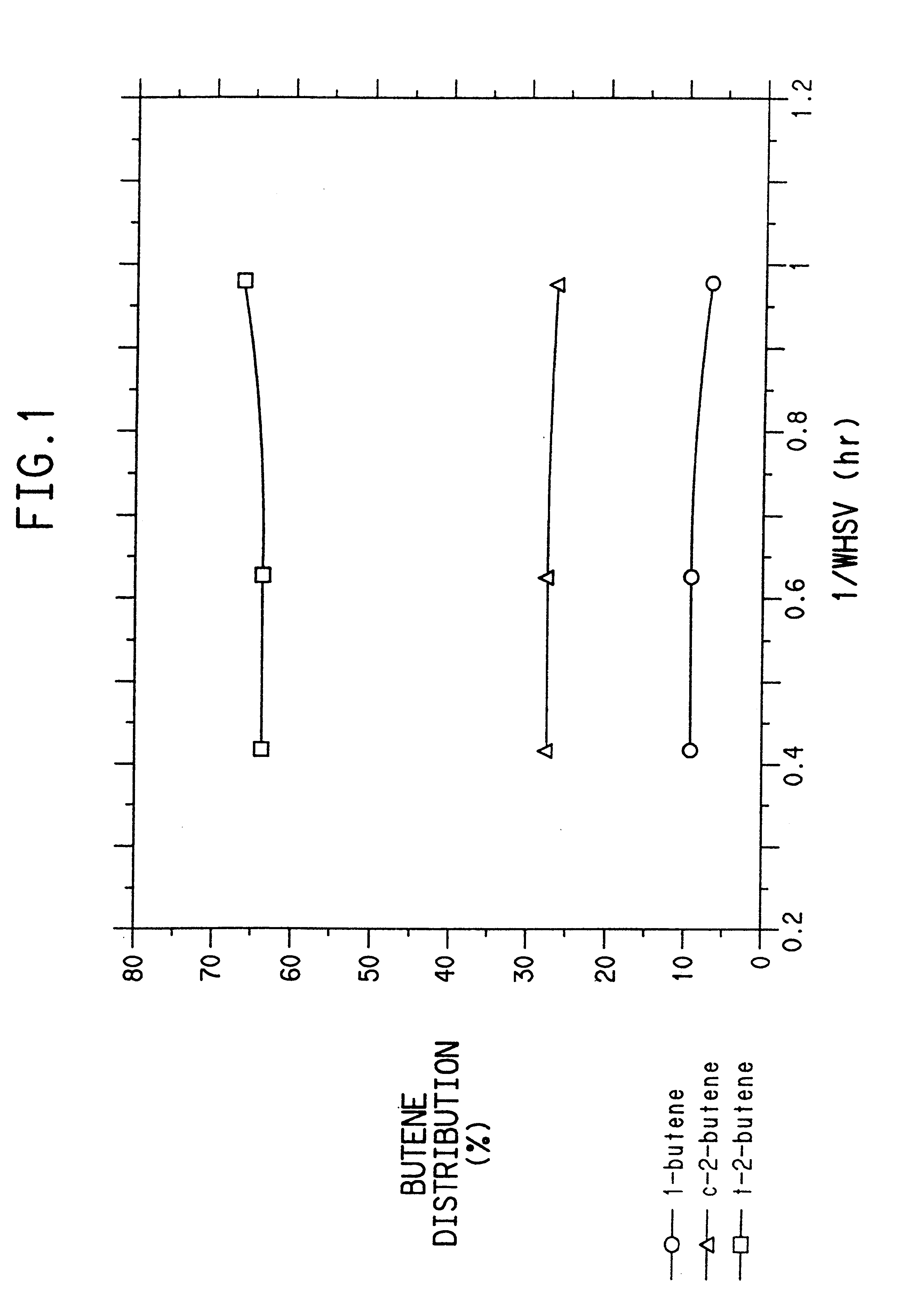Sol-gel derived porous microcomposite of perfluorinated ion-exchange polymer and metal oxide
a technology of perfluorinated ion exchange polymer and porous microcomposite, which is applied in the field of polymer composites, can solve the problems of large final pore size of dried pfiep/metal oxide gel, high cost and relatively low catalytic activity,
- Summary
- Abstract
- Description
- Claims
- Application Information
AI Technical Summary
Benefits of technology
Problems solved by technology
Method used
Image
Examples
example 1
Preparation of a 40 wt % "NAFION.RTM." / 60 wt % Silica Composite
To 200 mL of a "NAFION.RTM." perfluorinated resin solution (which consists of 5 wt % "NAFION.RTM." PFIEP in a mixture of lower alcohols and water) was added 25 g of a 0.4 M NaOH and the solution was stirred. Separately, in another beaker, to 34 g of tetramethoxy silane [Si(OCH.sub.3).sub.4 ] was added 5.44 g of distilled water and 0.5 g of 0.04 M HCl and the solution rapidly stirred for 10 minutes. After 10 minutes the silicon containing solution was added to the rapidly stirring "NAFION.RTM." solution and stirring was continued for about 10 seconds to ensure good mixing. The solution was left to stand. It was observed that the whole solution formed a gel within a few seconds (typically 15 sec to 1 minute). The gel was covered and left to stand for 24 hours after which time the cover was removed and the gel was placed in an oven at 90.degree. C. with a slow stream of nitrogen flushing through the oven. The gel was left t...
example 2
Preparation of a 40 wt % "NAFION.RTM." PFIEP / 60 wt % Silica Composite
To 200 mL of a "NAFION.RTM." perfluorinated resin solution (which consists of 5 wt % "NAFION.RTM." PFIEP in a mixture of lower alcohols and water) was added 25 g of a 0.4 M NaOH and the solution stirred. Separately, in another beaker, to 34 g of tetramethoxy silane [Si(OCH.sub.3).sub.4 ] was added 5.44 g of distilled water and 0.5 g of 0.04 M HCl and the solution rapidly stirred for 10 minutes. After 10 minutes the silicon containing solution was added to the rapidly stirring "NAFION.RTM." solution and stirring was continued for about 10 seconds to ensure good mixing. The solution was left to stand; it was observed that the whole solution formed a gel within a few seconds (typically 15 sec to 1 minute). The gel was covered and left to stand in an oven at 75.degree. C. for 8 hours at which time the cover was removed and the gel was placed in an oven at 90.degree. C. with a slow stream of nitrogen flushing through th...
example 3
Preparation of a 40 wt % "NAFION.RTM." PFIEP / 60 wt % Silica Composite
To 100 mL of a "NAFION.RTM." perfluorinated resin solution (which consists of 5 wt % "NAFION.RTM." PFIEP in a mixture of lower alcohols and water) was added 15 g of a 0.4 M NaOH and the solution stirred. 17 g of tetramethoxy silane was added to the rapidly stirring "NAFION.RTM." solution and stirring was continued for about 10 seconds to ensure good mixing. The solution was left to stand; it was observed that the whole solution formed a gel within about a minute. The gel was covered and placed in an oven at 75.degree. C. for 8 hours after which point the cover was removed and the gel was placed in an oven at 75.degree. C. with a slow stream of nitrogen flushing through the oven. The gel was left to dry for 15 hours. The resultant dry glass-like pieces were then further dried at 140.degree. C. under house vacuum for 15 hours. The resultant material was re-acidified with HCl as follows, to convert the perfluorosulfon...
PUM
| Property | Measurement | Unit |
|---|---|---|
| size | aaaaa | aaaaa |
| size | aaaaa | aaaaa |
| weight percent | aaaaa | aaaaa |
Abstract
Description
Claims
Application Information
 Login to View More
Login to View More - R&D
- Intellectual Property
- Life Sciences
- Materials
- Tech Scout
- Unparalleled Data Quality
- Higher Quality Content
- 60% Fewer Hallucinations
Browse by: Latest US Patents, China's latest patents, Technical Efficacy Thesaurus, Application Domain, Technology Topic, Popular Technical Reports.
© 2025 PatSnap. All rights reserved.Legal|Privacy policy|Modern Slavery Act Transparency Statement|Sitemap|About US| Contact US: help@patsnap.com

